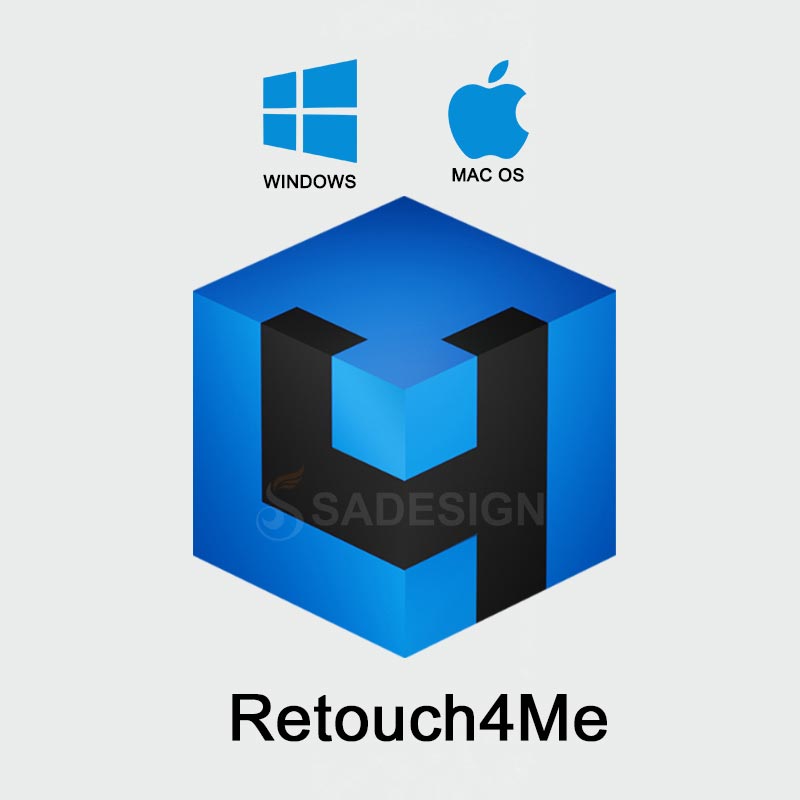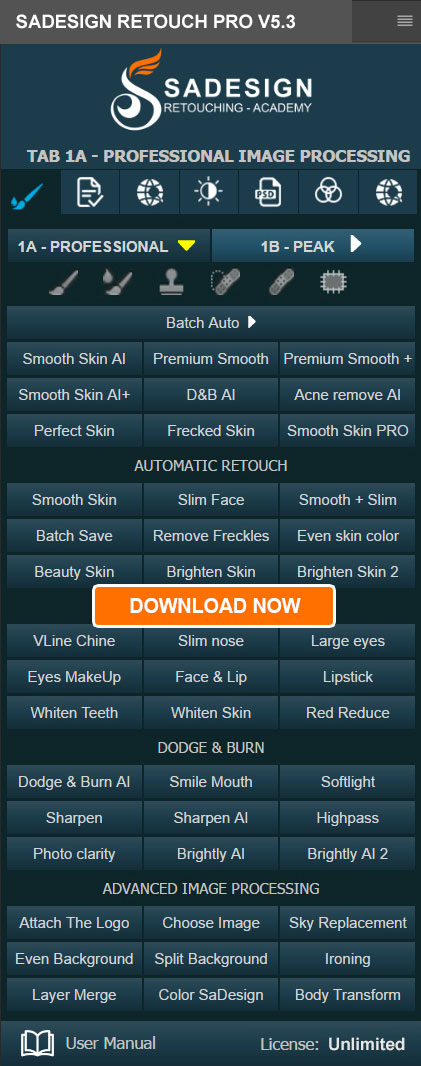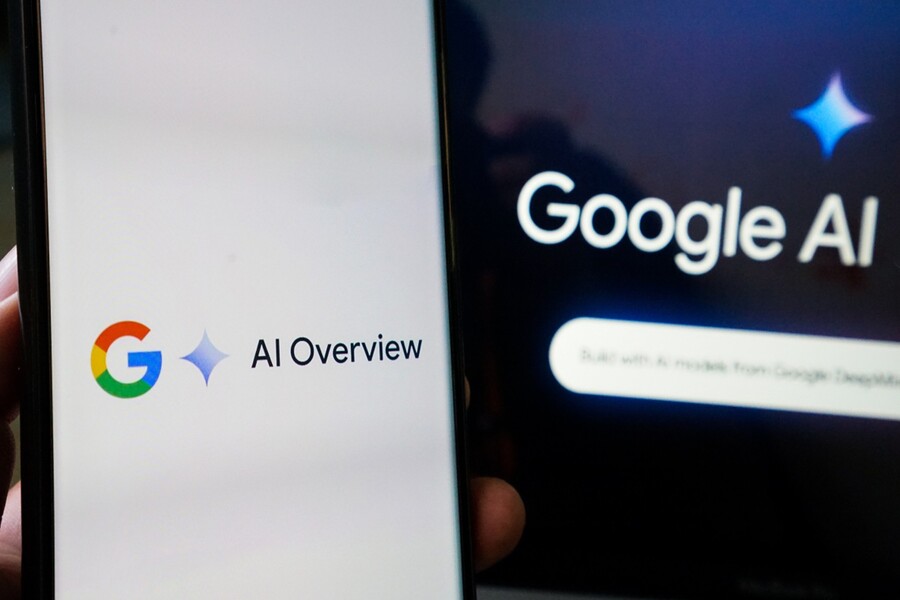Best Selling Products
With Just One Click of "Authorize", Your Entire Phone Can Be Controlled by Hackers
Nội dung
According to Forbes magazine, this attack campaign is one of the most sophisticated ever recorded, using trojan techniques and fake tools to take control of entire Android devices.

With the rapid development of mobile technology, smartphones are not only a means of communication but also become electronic wallets, mini computers and personal information storage devices. However, the convenience and diverse features of smartphones have also become lucrative targets for cybercriminals. Recently, security experts at Zimperium have discovered a new type of malware with a particularly dangerous form of attack, taking advantage of the Accessibility Service feature of the Android operating system.
According to Forbes magazine, this attack campaign is the most sophisticated ever recorded, using trojan techniques and fake tools to take control of entire Android devices. The malware does not reveal itself in a crude way like old viruses, but operates quietly, blending into seemingly harmless applications but is actually silently collecting, stealing and remotely controlling the entire user's phone.
One of the key factors that makes this malware work is access to accessibility features, a function that was originally designed to support people with disabilities. However, in the hands of hackers, this feature becomes an ideal “backdoor” for complete control of the device.
1. Fake apps
Malicious apps in this attack campaign are often designed with eye-catching interfaces, popular names, and attractive feature descriptions. They can disguise themselves as apps that speed up devices, optimize batteries, scan for viruses for free, record screens, or help users who have difficulty operating.

After installation, the app immediately asks the user to grant access to accessibility features with a “reasonable” explanation such as: this permission is needed to support quick operations, improve user experience or simply… you need to agree to use the main features of the app.
Even more worryingly, for some non-tech-savvy users, granting permissions is considered a default setup step. As a result, many people have unwittingly given complete control of their device to the fake app without realizing that they have just opened the door to malware.
2. User-friendly accessibility
Accessibility is a useful feature on the Android operating system. It allows the device to read aloud the content on the screen, simulate touch operations, and provide navigation or voice operations for the visually impaired, physically disabled, or elderly users. However, because of its ability to deeply intervene in the system, accessibility access also means that the granted application can:
· Monitor and record all user actions on the screen.
· Automatically press buttons, switch between applications.
· Take a screenshot and read what is displayed.
· Access SMS messages and OTP codes.
· Bypass authentication mechanisms such as fingerprints or PINs.
· Hide app icons to avoid detection.
As such, once the malware is granted accessibility permissions, the attacker has almost complete control over the device. They can order it to download additional spyware, change security settings, track activity, record sensitive data, and even control the device's camera and microphone.
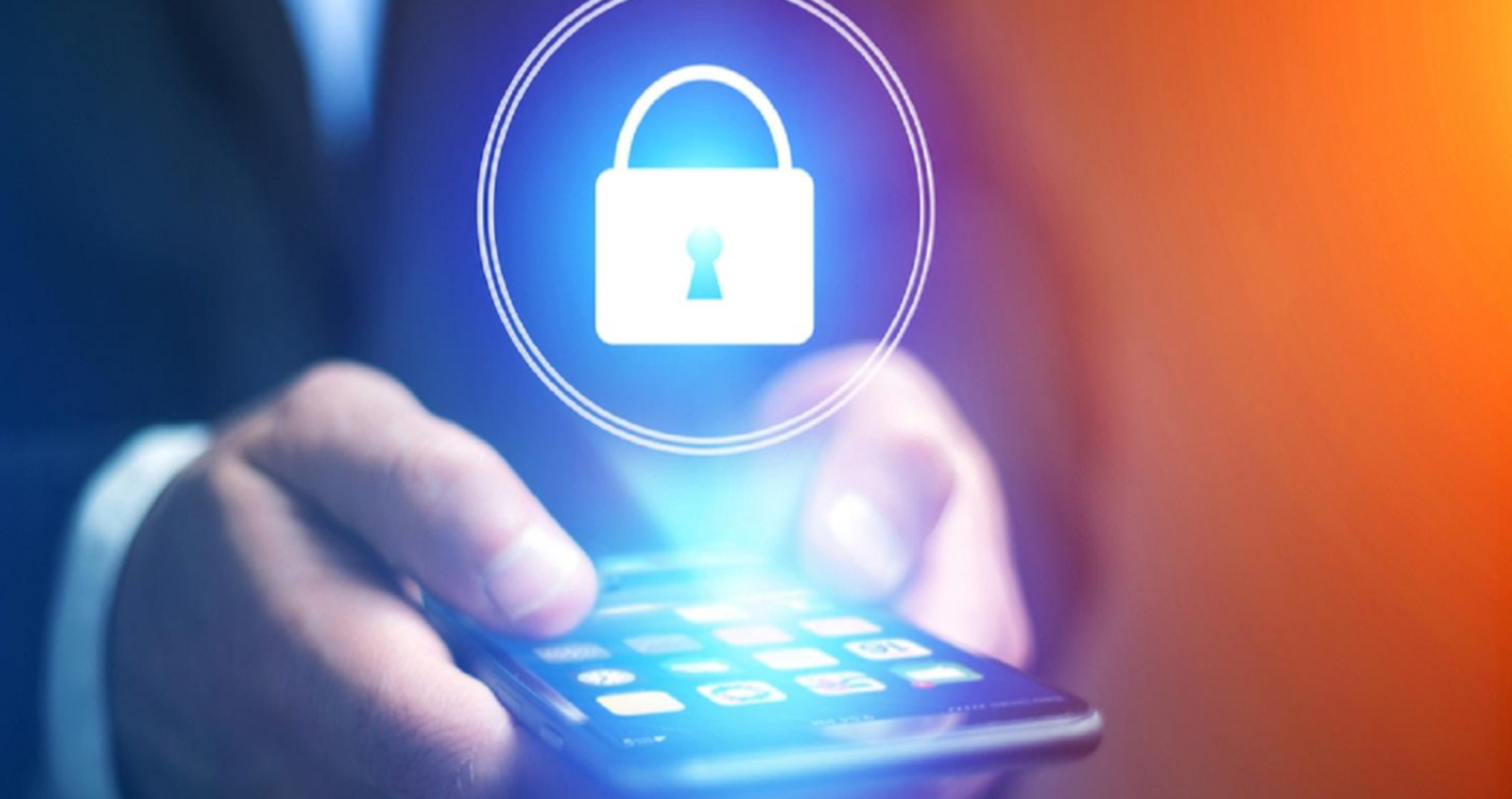
3. Overlay malware technique
One of the most sophisticated tricks used by modern malware is the overlay malware technique. With this method, hackers create a fake interface that looks exactly like a legitimate application such as a bank, e-wallet, OTP system or two-factor authentication (2FA) portal.
When users open a banking application, instead of the real interface, what they see is actually a fake layer created by malware. Users believe they are logging in securely, entering their account, password, and even OTP code. But all that sensitive information is being recorded by the malware and sent to a remote control server.
Why is this technique dangerous? Because it does not require a direct attack on the banking system. Instead, it only needs to “trick” the user into entering data into a fake interface. This is a type of “social engineering” combined with technical techniques, causing the victim to actively give information to the hacker.
4. Users: the weakest link in the security chain
Google and security companies have long been aware of this danger. Android has been rolling out updates to tighten accessibility, warning users whenever an app requests control. But despite the technical effort, hackers have succeeded because the weakest link is always the human.

Many smartphone users do not pay attention to security warnings, do not read notifications from the operating system carefully, and especially cannot distinguish safe applications from fake applications. The mentality of "agreeing to get it done" or being attracted by the "super convenient" features of free phone acceleration, battery saving, screen recording apps... is fertile ground for malware to develop.
An internal survey in the security community shows that more than 78% of Android users have granted accessibility permissions at least once without understanding the real purpose of the permission. And that is why millions of devices have become tools for hackers without their owners knowing.
5. Consequences can come quickly and silently
Once a device has been compromised by malware, the consequences go beyond losing money in your bank account. Hackers can access personal data such as photos, videos, contacts, and private messages. In many cases, they use this sensitive data to blackmail, defame, or scam the victim’s acquaintances.
With control over the camera and microphone, malware can also secretly record conversations, take pictures, record audio... create fake clips to affect the lives and reputation of users.
Some attack campaigns also target businesses, using infected smartphones to access work accounts, internal data, confidential documents, etc., thereby causing serious damage both financially and to reputation.
6. How to protect yourself?
Preventing device hijacking is not difficult if users are serious about protecting their personal data. Cybersecurity experts offer the following specific advice:
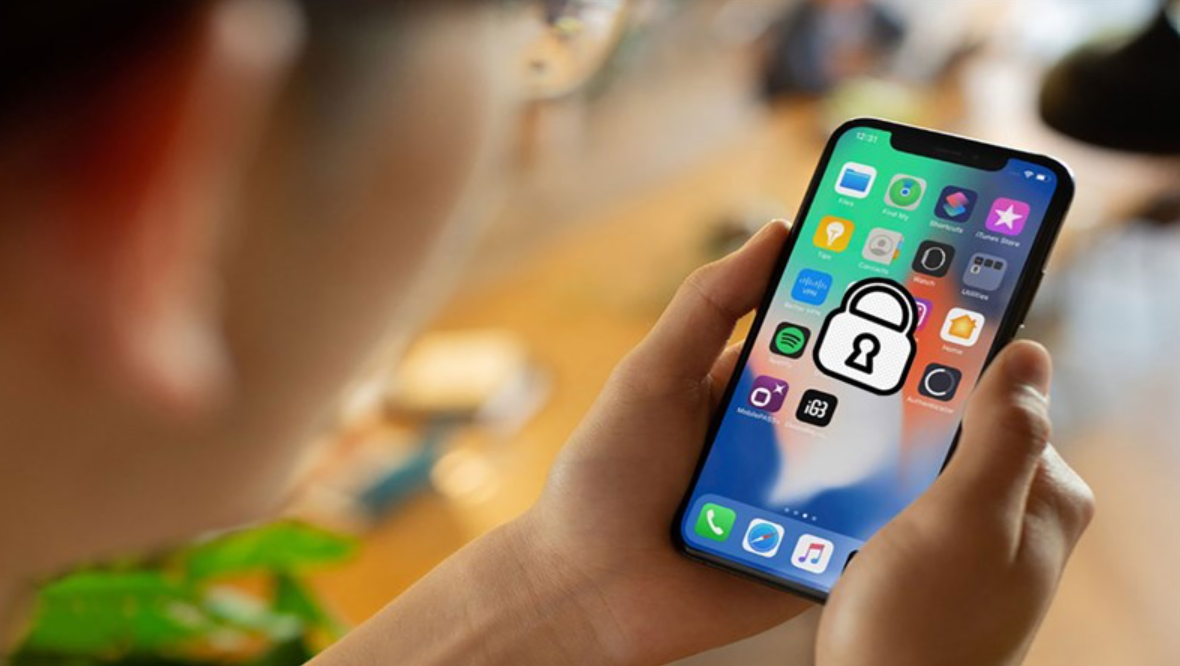
Never grant accessibility permissions to an app without a clear reason. If an app asks for “full control” permissions, double-check: is the app from a reputable developer, does it really need accessibility permissions to work, and can you use the app without them?
Immediately uninstall apps that request accessibility permissions that you did not actively grant. Go to the “Accessibility” section in your phone’s Settings, check the list of apps with this permission, and disable them immediately if you find anything unusual.
Only download apps from the Google Play Store or official app stores. Avoid installing APK files from unknown websites, no matter how attractive the ads. Unofficial apps are often not scanned for malware and may contain dangerous backdoors.
Install reputable security software such as Bitdefender, Kaspersky, Avast or Norton. This is an important layer of defense that can scan for malware, detect unusual access, and alert users as soon as suspicious behavior is detected.
Update your operating system and software regularly. Security patches often come with updates. Delaying updates means you're leaving the door open for hackers to exploit vulnerabilities.
7. Conclusion
In the digital age, where smartphones play a central role in all personal activities from finance, communication to storing images and work data, protecting your smartphone is also protecting your property, honor and privacy. Accessibility features are not bad. But if you do not understand them, do not control who is using them, you are opening the door to hackers. Remember: Just one wrong permission, the whole phone can be in the wrong hands. Do not let a moment of carelessness cost you all your data, money and digital security.



























